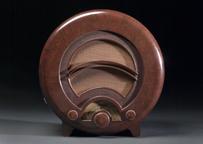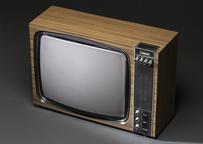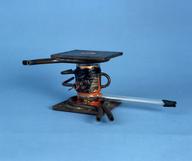

B.T.H. headphones, bearing B.B.C. insignia








One pair B.T.H. headphones, bearing B.B.C. insignia, c. 1923
Until the end of the 1910s all radio signals carried messages in Morse code, not speech and music. The Marconi Company made the first 'entertainment' broadcasts in Britain in 1920. The BBC was founded two years later, as the British Broadcasting Company ('Company' changed to 'Corporation' in 1927). These headphones, marked with the BBC's logo, were typical of the kind used by broadcasters and listeners during the 1920s.
Details
- Category:
- Radio Communication
- Object Number:
- 1971-10
- type:
- headphones
- credit:
- Bartholomew, G.




